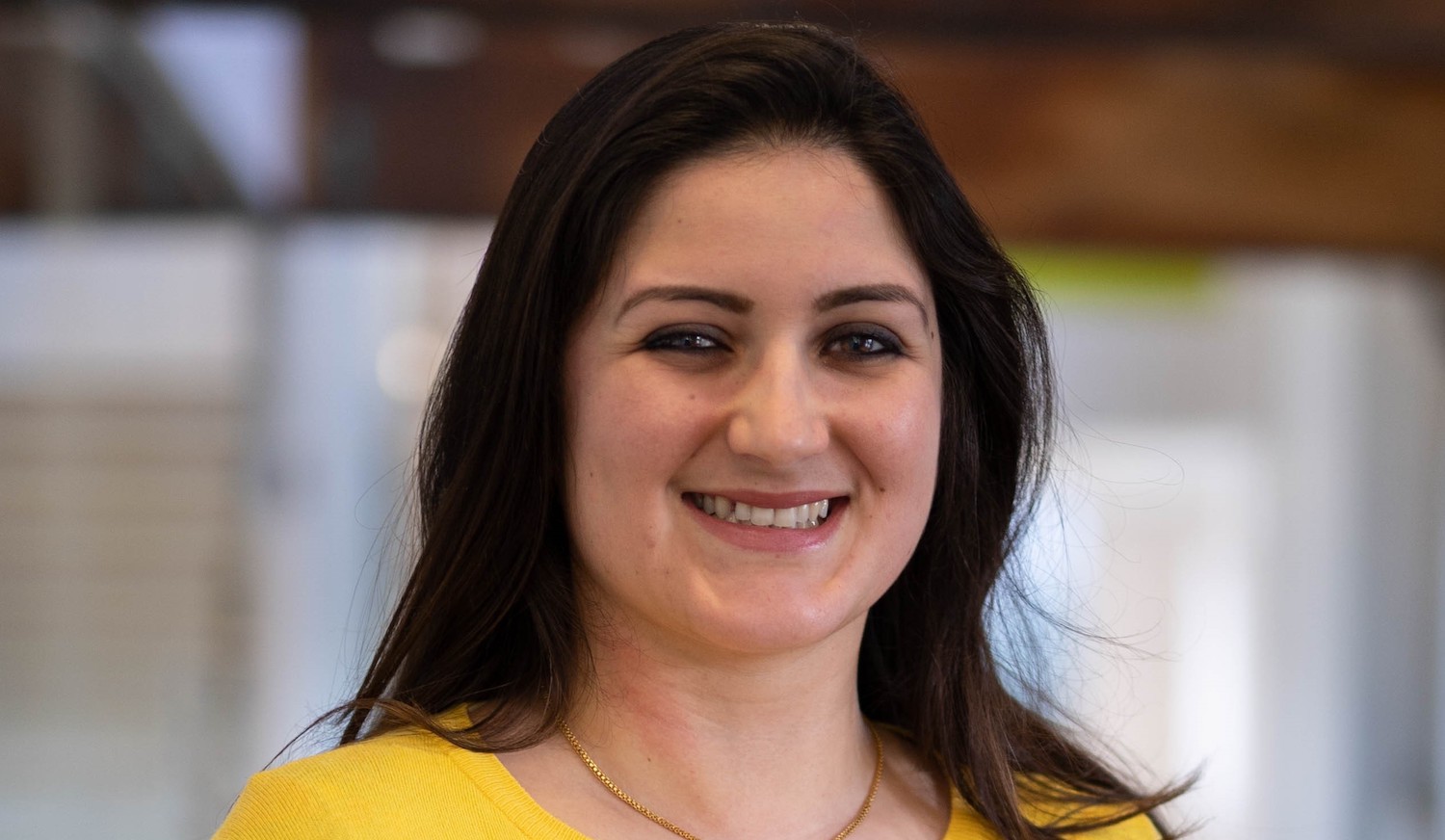
Job spotlight: embodied carbon consultant, Buro Happold
What does an embodied carbon consultant do?
In essence, I help design buildings in a low carbon way, picking up potential problems and raising them with the team.
I might also be helping local authorities with their planning process, assessing newbuilds from an embodied carbon perspective.
Then, of course, there is retrofitting, which looks at the best way to make energy efficiency improvements to the fabric of a home to reduce energy consumption, cut energy bills and reduce carbon emissions. If we’re promoting a no-build solution it could be that a structure is fine, but things need changing internally.
What does your typical day look like?
I generally spend 50% of my time at home and 50% in the office. I’ll leave home at 8.30am, grab a coffee from my favourite little coffee shop and once in, check emails. There will be a variety.
Some might be requests to help on bids that Buro Happold is looking to take part in that require an embodied carbon perspective, such as helping local authorities include it in their planning process. Other emails might ask for structural detailing that considers embodied carbon, or they might ask for support with designing newbuilds in a low-carbon way.
My day is typically very varied; work on projects, a mixture of external conversations before making calculations, and helping junior staff so they can get on with report writing.
I get on site every so often because as designers, we visit retrofits early so we can see what is already there and make comments. Once a retrofit is underway, we might return once or twice a week.
Much of my embodied carbon work is office-based but I do visit clients to hold workshops.
With such a busy working day, how do you manage?
Compartmentalise, delegate and juggle tasks. I try to keep to my working hours, between 8.30am and 6pm, with lunch and a couple of breaks.
It is important that junior staff realise that you can achieve a work-life balance as you progress through your career. For example, just because you get an email at 9am doesn’t mean you need to reply immediately.
As a spokesperson and UK lead for the company, I have to attend some events in the evening but I try not to spread myself too thin because if I did I wouldn’t be able to deliver a high calibre of work.
What skills do you need for your role?
For the engineering part of my job, in a nutshell, I need to understand how structures stand up.
We’re a consultancy of engineers, designers and advisers operating worldwide in almost all areas of engineering for the built environment, so we rely on a wide spectrum of skills.
A more general answer on the skills needed would be an ability to ask the right questions, listen and understand the answers. Don’t be afraid to ask the difficult question and think outside the box.
What is your advice to anyone considering a construction career?
There is a narrow view of construction and what the term implies, and that is the fault of our industry. I try to challenge that perception where I can; it doesn’t have to mean muddy boots and a hard hat.
A lot of us work in offices – in computational or legal roles, for instance. There are so many different job roles with a construction connection.
Perhaps start by looking on recruitment platforms such as Talentview Construction, where the number of green jobs available is rapidly on the increase.
General jobs boards can also help to get an idea of what is out there. When it comes to engineering, you might think you have to be a maths or physics expert, but sustainability roles might require people with, say, an economic background.
Comments
Comments are closed.

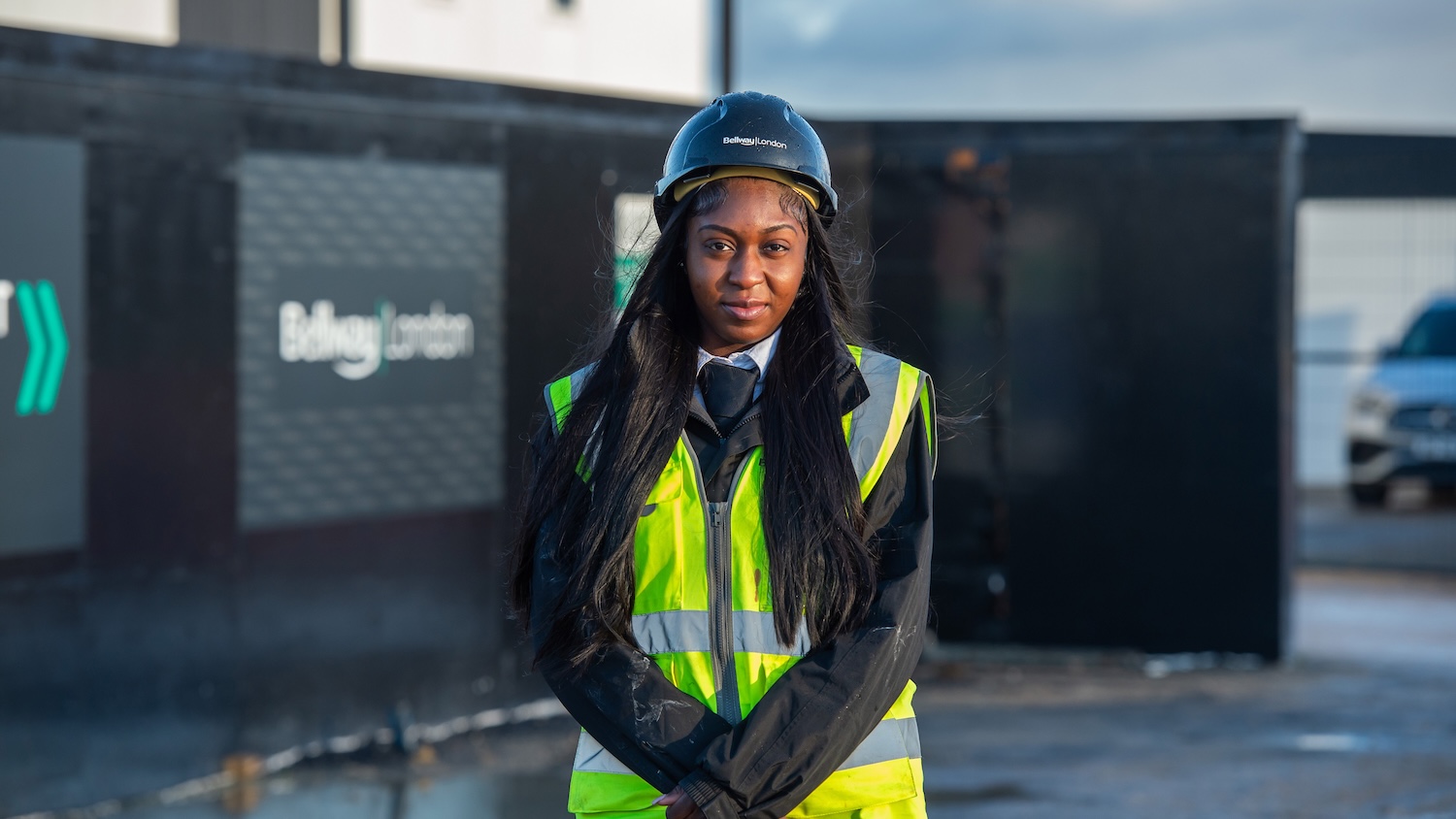
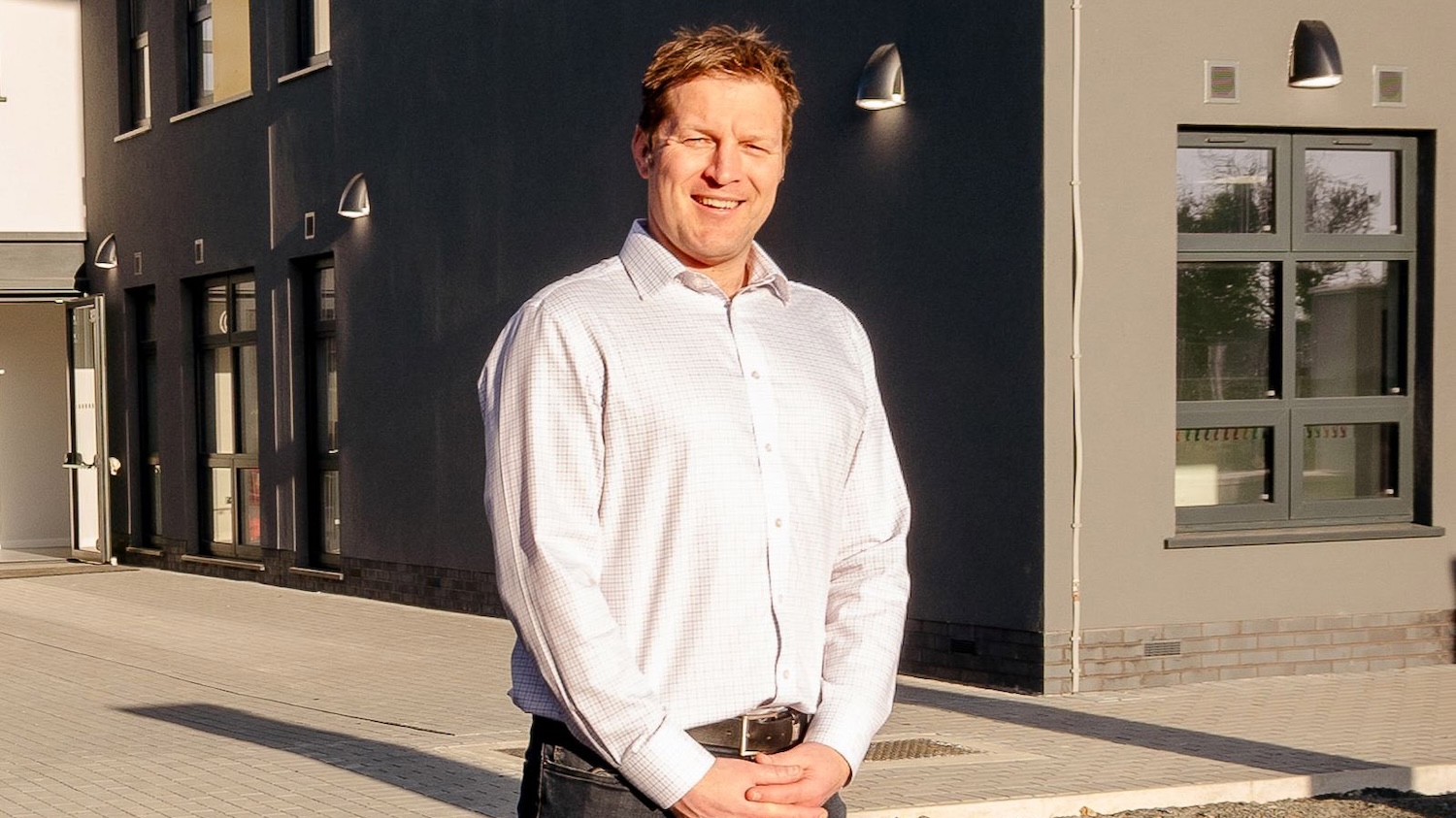
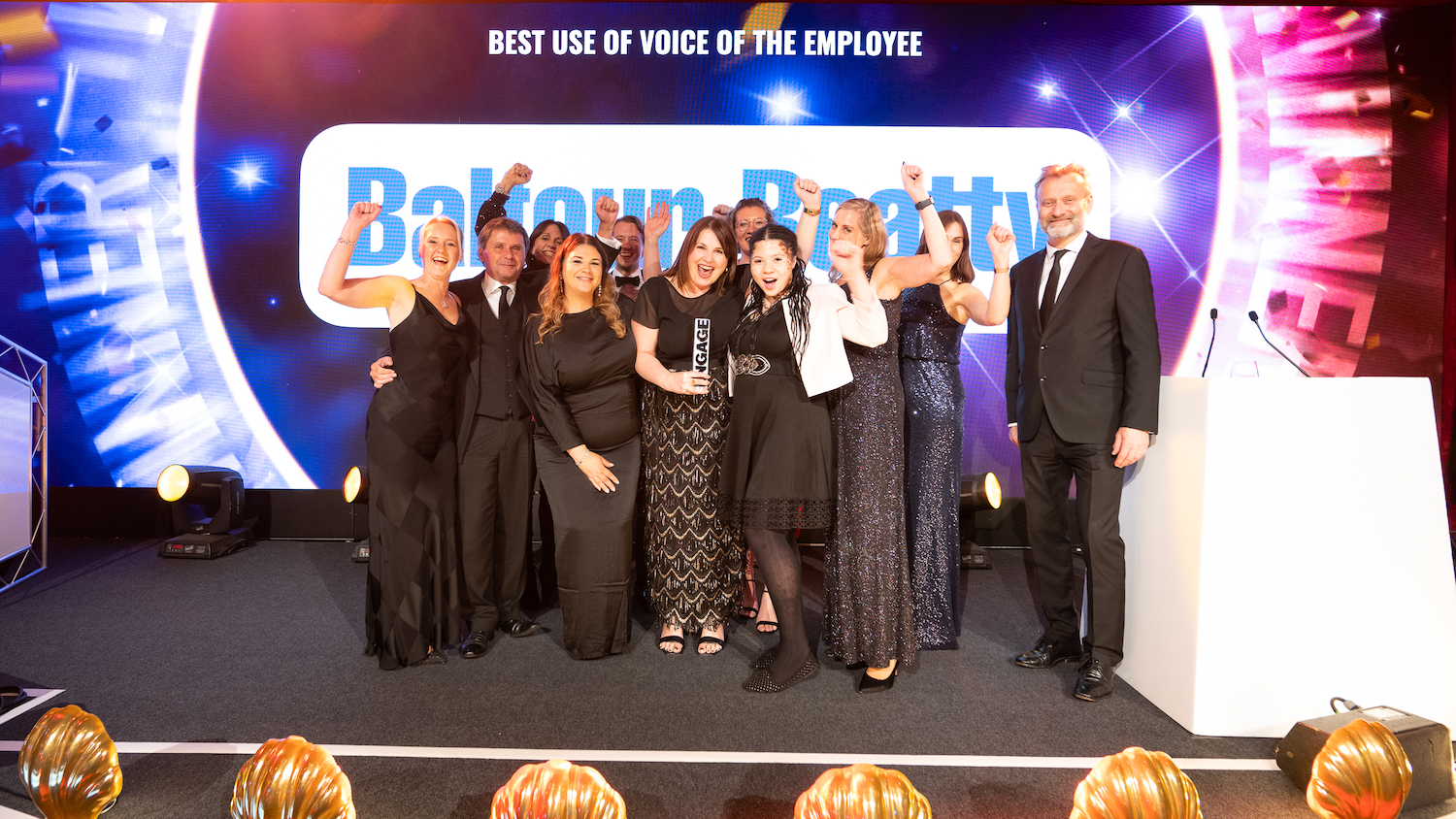
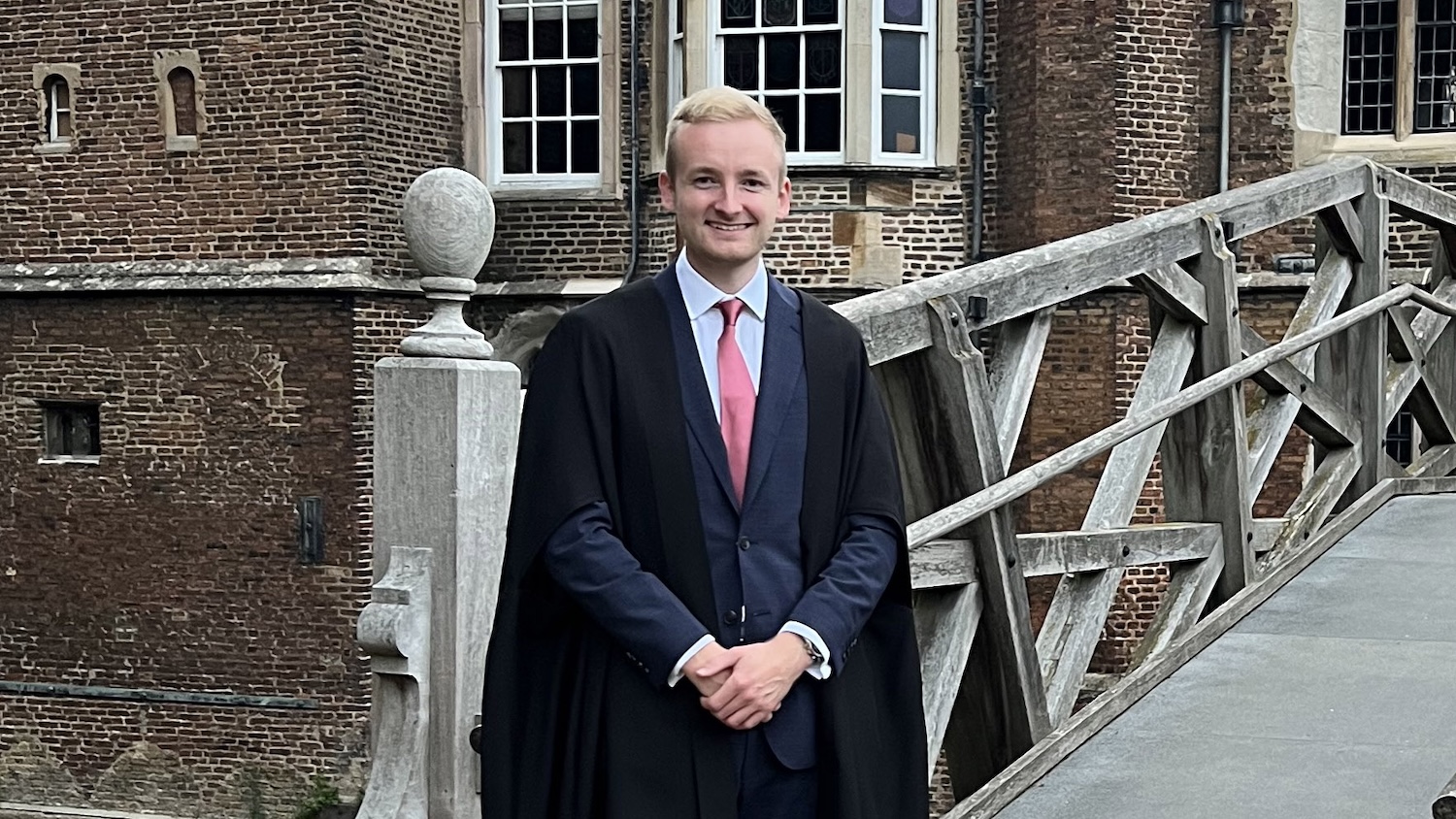
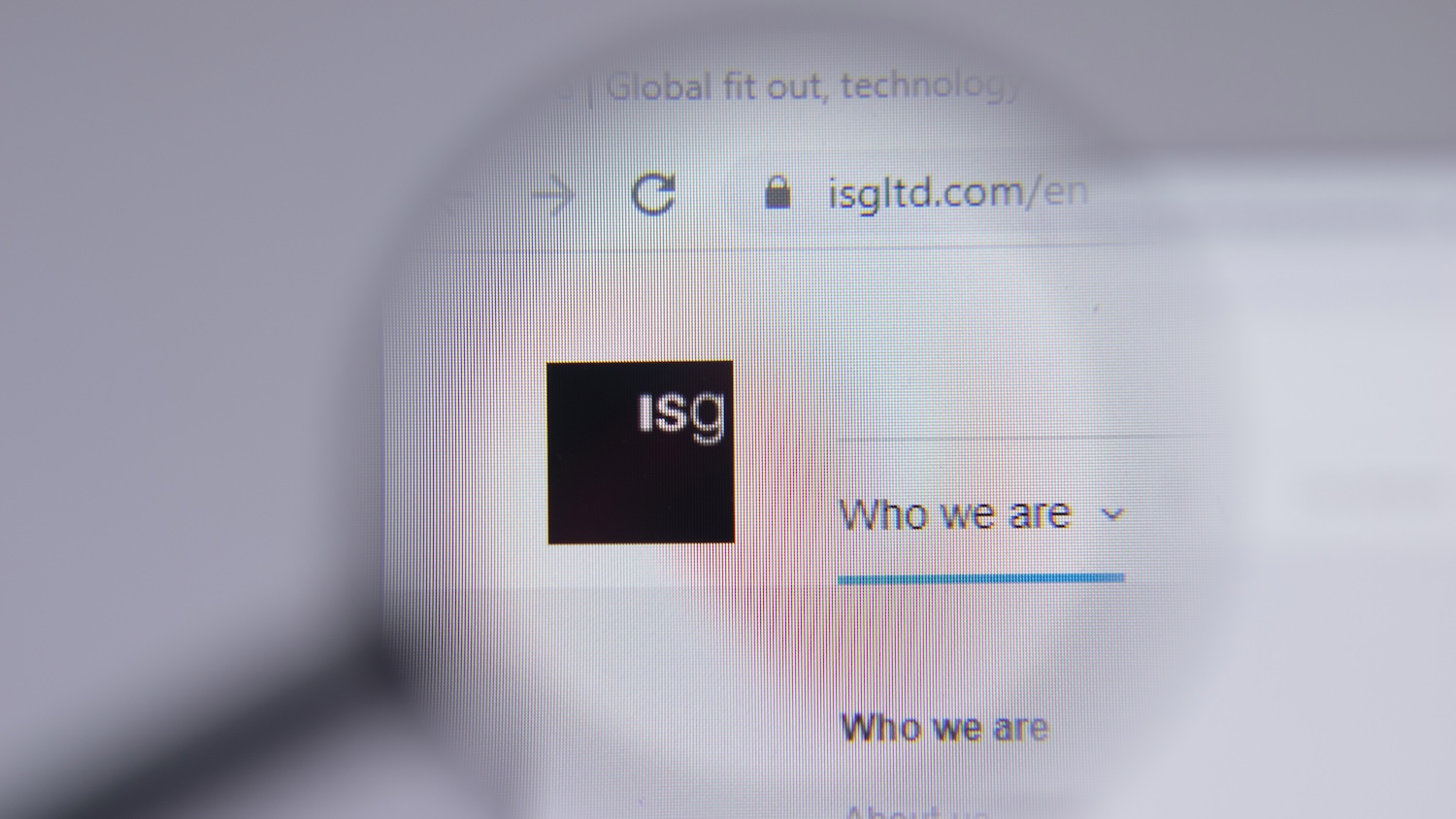
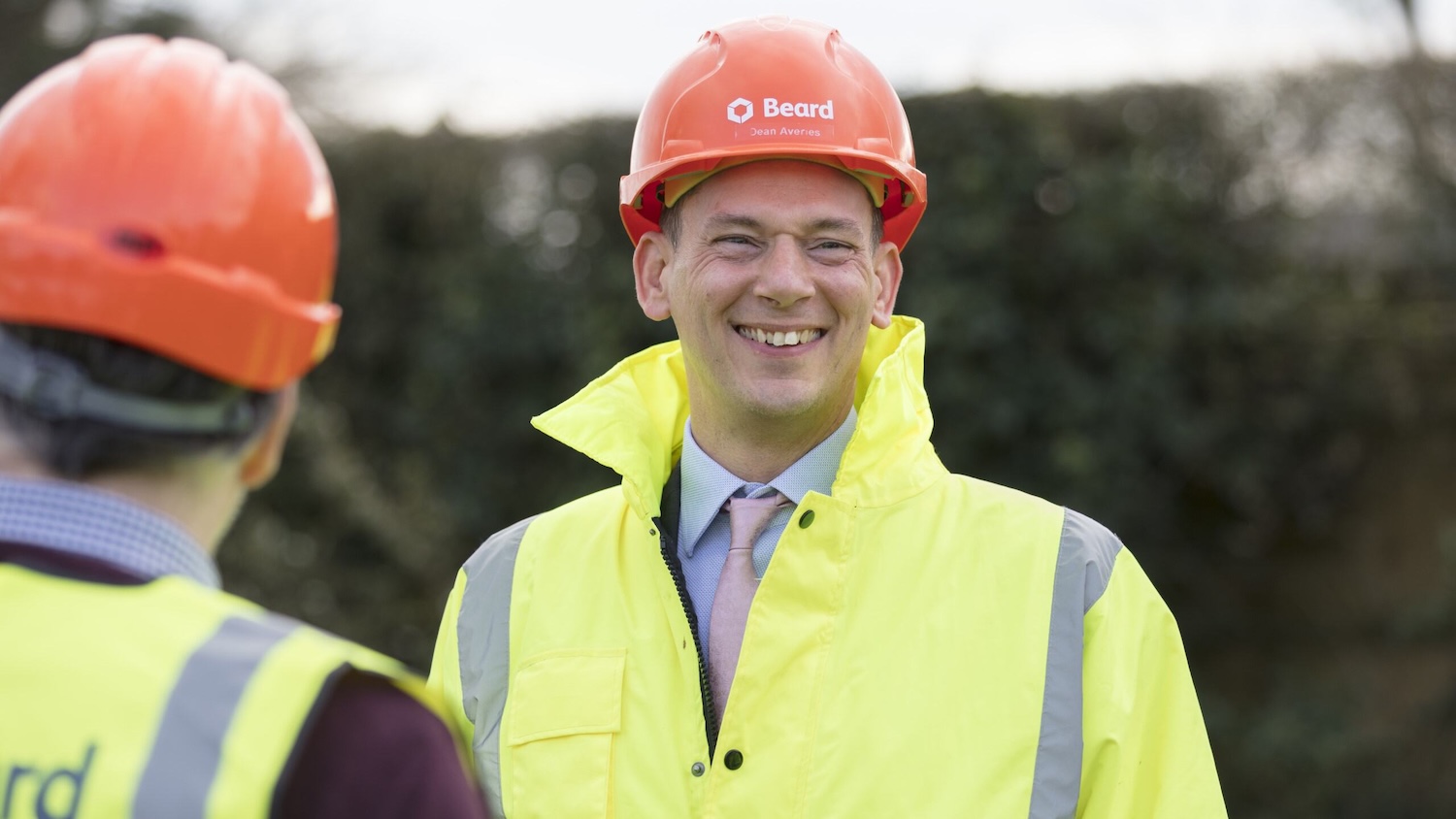
How much cost is initially added because of this exercise? What is the opportunity cost?